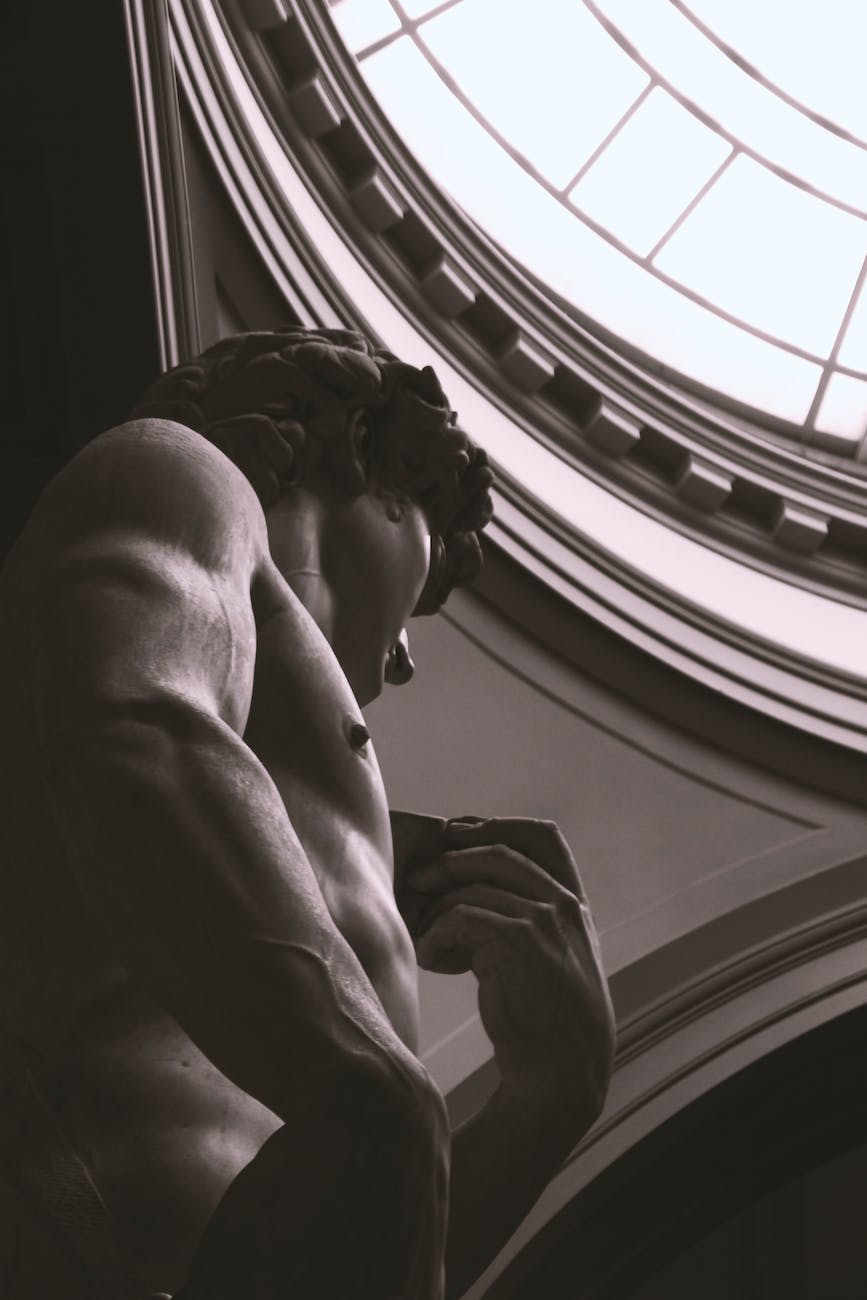Mastering Sculpture: An Overview of Essential Techniques
While possibilities stay boundless, certain foundational sculpting techniques form the bedrock skillset for executing creative visions across any media. Exploring core subtractive, additive, cast, assembled, and mixed media methods provides a broad starter overview of the tools and processes characteristic of diverse sculpting approaches.
Subtractive Techniques – Carving and Cutting
Subtractive sculpture involves refining raw forms by removing excess material to reveal latent images through the careful subtraction of stone, wood, plaster, and other media using chisels, rasps, grinders, and abrasives. This controlled method allows starting with basic blocks before precision removal to achieve intricate realistic figurative works.
Modeling – Sculpting Additively and Manipulatively
Additive sculpting builds up forms gradually using soft responsive clays molded by hand combined with simple modeling tools like loop tools and sponges. Intuitive touch sculpts fluid shapes, wrinkles, and textures through pinching, coiling, and smoothing motions that gradually stack, blend, and carve clay into detailed sculptures.
Casting and Molding
Mold making allows identical reproduction of existing objects, plant and animal parts, and repeating 3D patterns through flexible or rigid molds captured from forms then filled with media like liquid plaster or molten metal to produce solid casts from the rendered voids. Casting multiplies handmade objects efficiently.
Assembling and Fabricating
Diverse materials get combined through considered construction and manipulation techniques like welding, adhering, stacking, weaving, and inflating to fabricate new unified forms. Tactile experiments fusing found items, scrap materials, plastics, and fibers spur inventive directions from imagination versus traditional media alone.
Modeling Over Armatures
Modeling over constructed skeletal armatures crafted from wood, rebar, and metal provides structural support for large-scale and hollow sculptures like colossal figures and intricate environmental installations too big to sculpt solidly in one piece. Armatures anchor ambitious projects.
Mixed Media Incorporation
Mixed media sculpture combines glass, paint, projected imagery, LEDs, kinetics, sound, assembled objects, and more to transcend standalone 3D substance. These multimedia expansions reference conceptual influences like technology, popular culture, and social dynamics through considered creative mergers and juxtapositions.
Developing Proficiency Across Approaches
Excellence arises from practicing both subtractive refinement and intuitive additive building along with mold replication. No single method suits all creative objectives. Ideation flows freely when hands adapt easily across carving chisels, modeling clay, or casting rubber to best articulate desired shapes using the optimal techniques intuitively from broad experience.
Sculpture’s diverse approaches allow myriad expressions beyond defined genres or techniques. By exploring new materials and emerging technologies, pioneering artists continue pushing expressive possibilities ever forward. Tradition and rule-breaking together propel the artform inexhaustibly.
